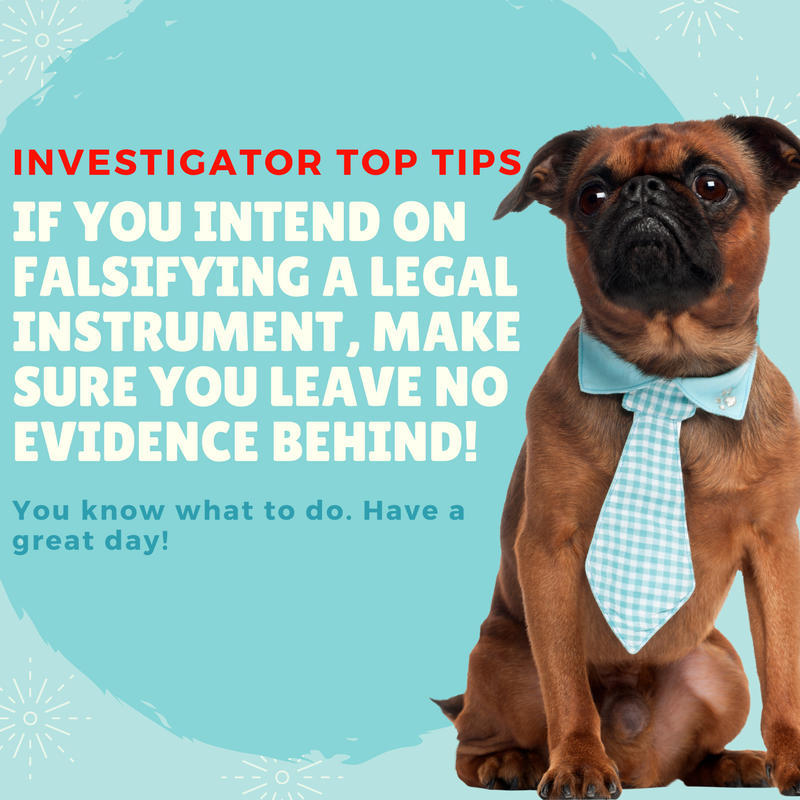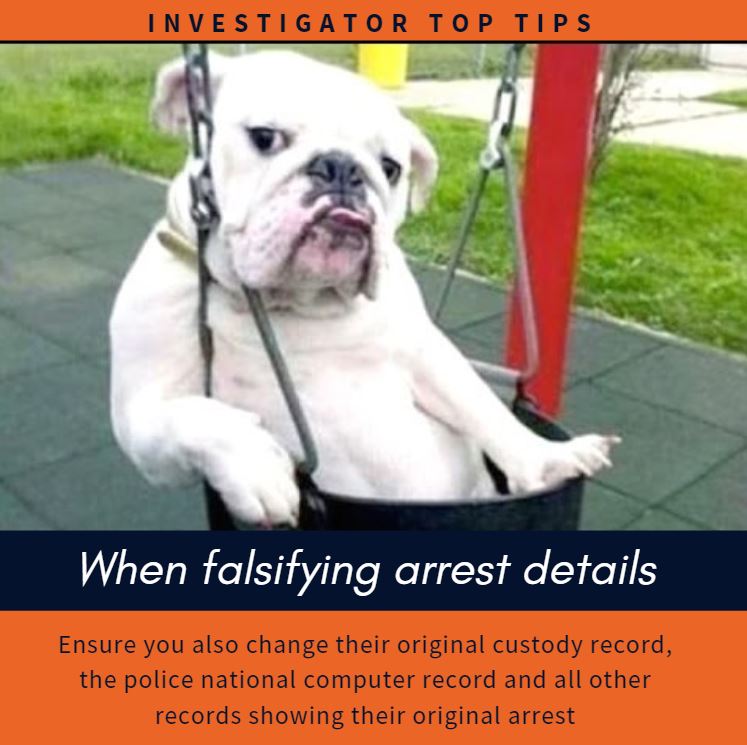1. Go to market model
2. Building the sales organization
3. Managing the sales organization
1. supplier <> end user
2. supplier <> channel partner <> end user
3. supplier <> OEM (large company) <> end user
Overlap btw channels is channel conflict = competing against yourself; aim to reduce overlap
Level of Importance vs. Customer Size
Importance of...
/ Marketing decreases as customer size increases
/ Sales increases as customer size increases
Consumer -> Small/Med Business -> Enterprise
Cost of (unit) sales increases going up this market segmentation
/ Introduce a broader set of features to a broader audience
/ Delta between $$$ earned w/ sales force versus w/o sales force = sales force productivity gap
/ Sales learning curve - takes time to understand how to sell a product
/ S-curve across TIME and YIELD
STAGES:
1. Initiation <stage 2 @ 1x loaded cost>
2. Transition <stage 3 @ 3x cost>
3. Execution [repeatable sales; steady state @ 5x cost]
/ Sales $$ brought in == Investment $$ available
/ Must ensure Bottom up & Top down target setting align
/ Sum of Individual Quotas must align with Company Target
1. Forecasting Accuracy - aims to balance burn and growth through long term investment; requires transparent input of data (e.g., don't fall into trap of under promise, over deliver)
/ Total Contract Value
/ Annual Contract Value
/ Annual Recurring Revenue (ARR) [New, Upgrade, Recurring, Churn]
/ Compensate Sales Org based on New + Upgrade business only
/ Service Recurring
/ Inspect Churn
$ generated by sales person = 3-4x compensation
Compensation curve accelerates upwards - uncapped - after 100% OTE (on-target earnings)
Compensation: Keep it Simple
Productivity: 70% of sales reps should make above quota (need a smooth curve to ensure sales force scalability)
Pipeline: Day 1 Pipeline should be 5x (adjust to find #) Day 90 Targets








